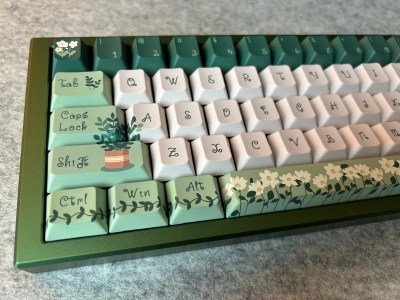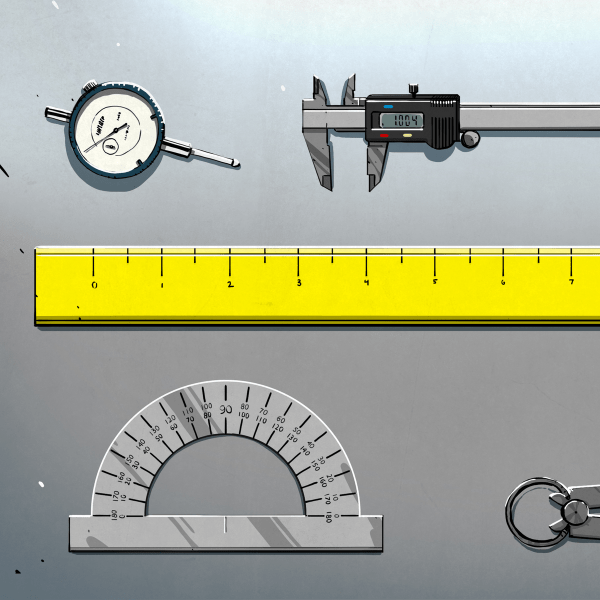For many people of a certain age, the DEC VAX was the first computer they ever used. They were everywhere, powerful for their day, and relatively affordable for schools and businesses. These minicomputers were smaller than the mainframes of their day, but bigger than what we think of as a computer today. So even if you could find an old one in working order, it would be a lot more trouble than refurbishing, say, an old Commodore 64. But if you want to play on a VAX, you might want to get a free membership on DECUServe, a service that will let you remotely access a VAX in all its glory.
The machine is set up as a system of conferences organized in notebooks. However, you do wind up at a perfectly fine VAX prompt (OpenVMS).



















